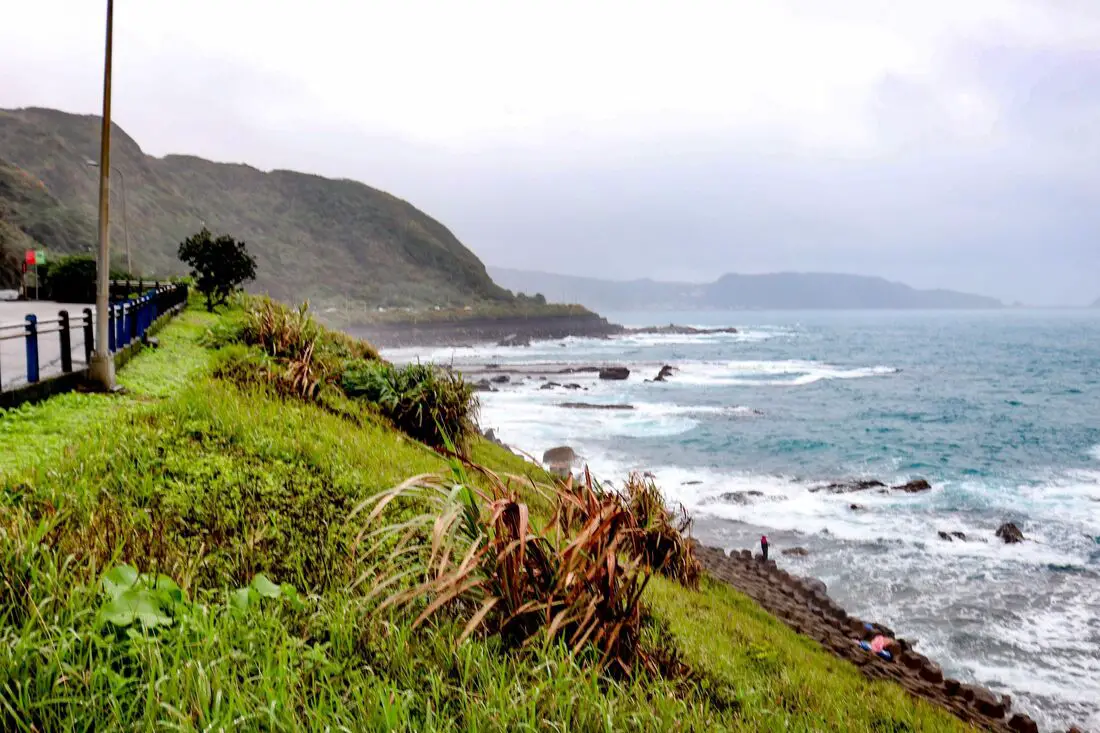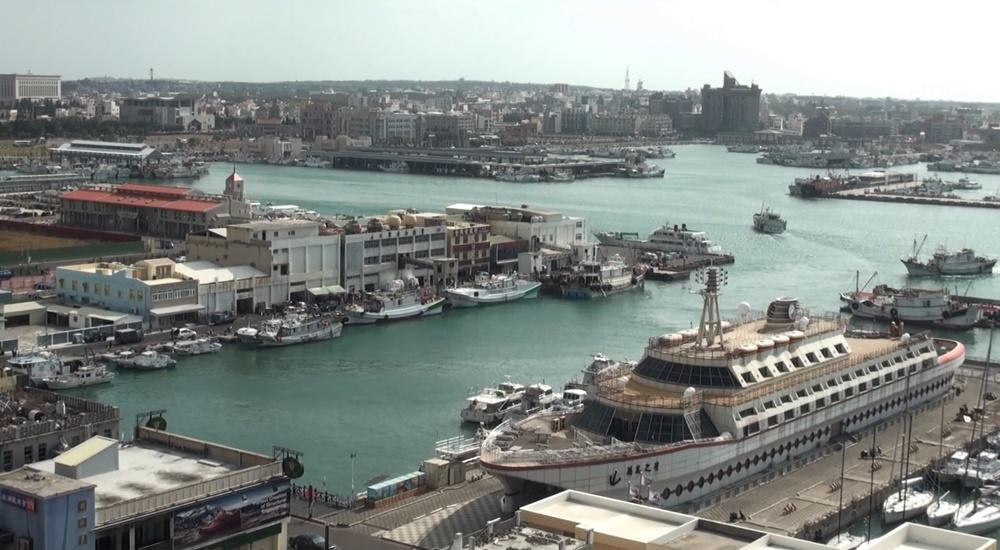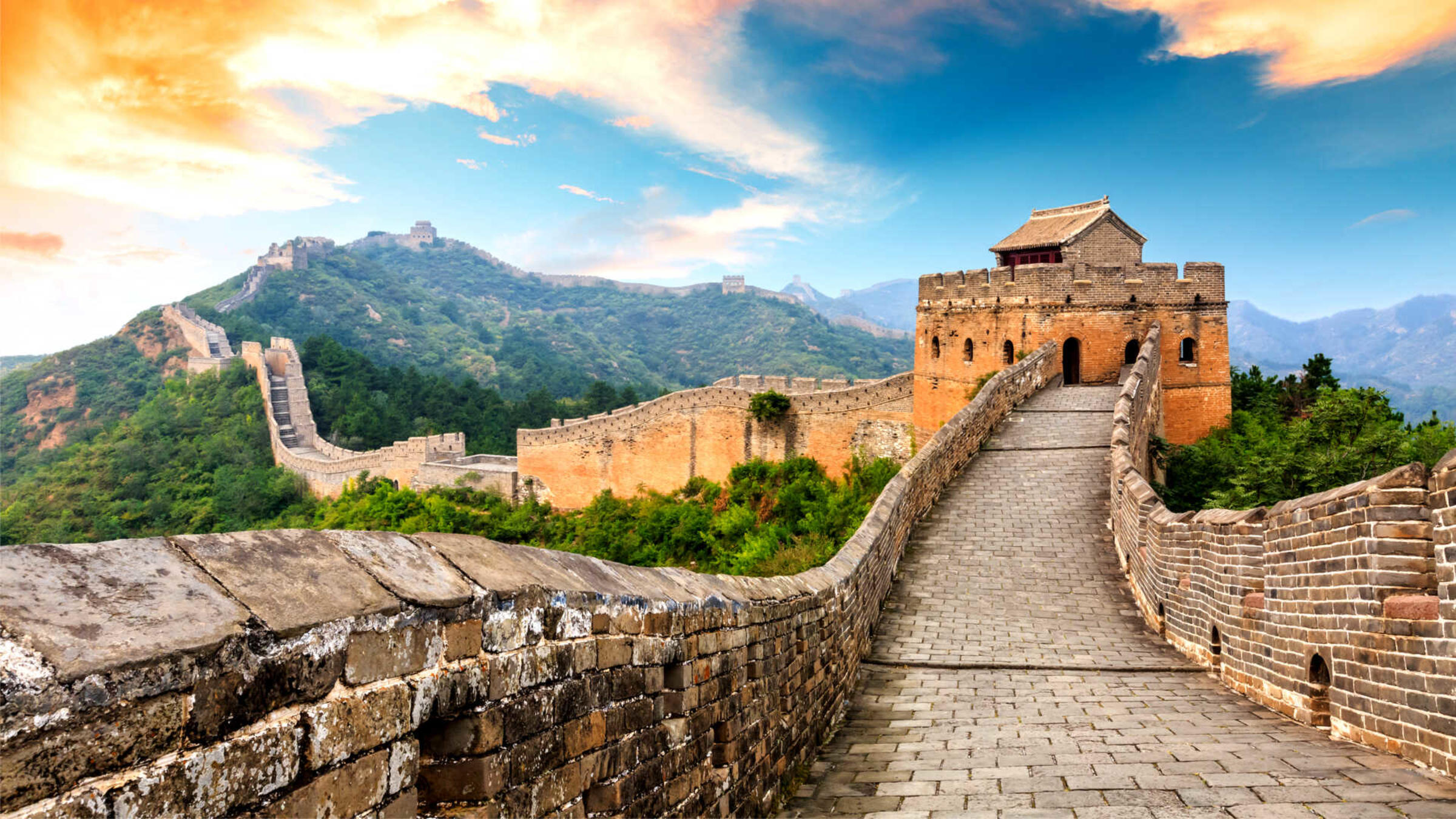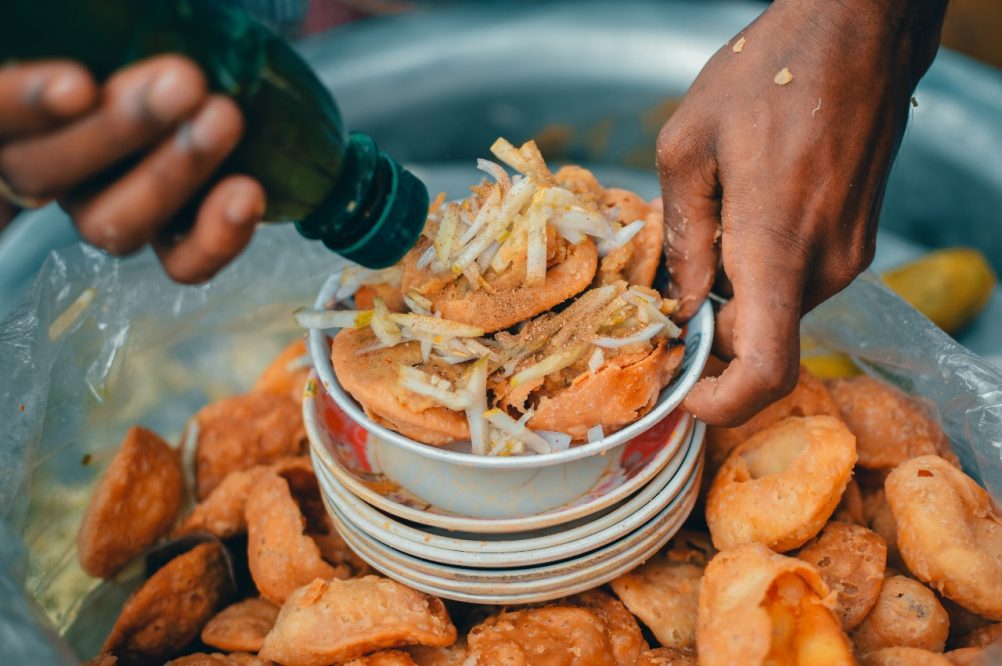Penghu County | Taiwan

Just 45 km west of Taiwan’s main island, Penghu County’s 90 islands have been inhabited by Han Chinese people for over 1,000 years. Because of water shortages and pirate raids, there were long periods when more people left this sometimes-windswept archipelago than settled here. Even now, when regular flights mean the islands are less than an hour from Taiwan’s main cities, the population is only 102,000. Some outsiders still sometimes call the islands by a Portuguese name assigned in the 16th century: ‘Pescadores’, which means ‘fishermen’.
High summer and the shoulder months of June and September are good times to visit Penghu, but even in the colder months there are often windows of decent weather ideal for watersports. Thanks to world-class conditions for windsurfing and kitesurfing, some promising young athletes have emerged in Penghu.
Striking coastlines

The islands get their distinctive geology – indeed, they owe their existence to – undersea volcanic eruptions millions of years ago. When red hot lava met the cool ocean, it solidified to create hexagonal basalt columns somewhat like Giant’s Causeway in Northern Ireland. These can be seen in several places, notably Tongpan Island, so named because it resembles the lid of a barrel. Between these rocky outcrops, there are several excellent beaches, such as the ones at Shili, where sand dunes and calm, blue water stretch for more than a kilometre, and Aimen. Jibei Islet has a remarkable tongue-shaped sandbar. If you visit that islet, which is a short ferry journey from the main islands, be sure to look for the fish-trapping tidal weirs that rings its shoreline.
The almost deserted village of Erkan has the archipelago’s best collection of traditional residences. A few are delipidated but many are still magnificent; several were built by villagers who’d made their fortunes selling herbal medicine in the towns on Taiwan’s main island.
A beguiling capital

These days, Magong is home to more than half of Penghu’s population. The county capital boasts Taiwan’s oldest Mazu shrine, as well as two historic wells.
Tianhou Temple, founded in 1592, contains superb woodcarvings by artisans brought in especially from the Chinese mainland in the 1920s, as well as relics which date from the Dutch attempt to occupy Penghu at the beginning of the 17th century.
It’s easy to see why Four-Eyed Well – near to but probably older than the temple – has that name. The four apertures are no bigger than portholes. Locals still draw water from this well; the goldfish which inhabit it are, they say, proof that the water is very clean. In the same neighbourhood, Ten Thousand Soldiers Well dates from 1683, when Qing Dynasty troops paused here during their invasion of Taiwan.


